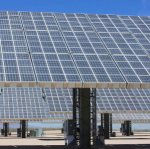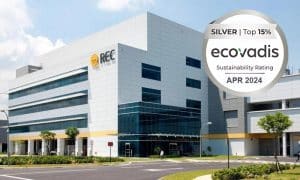The 2011 Federal Budget has been described as “disappointing” for the solar energy sector in Australia. It’s easy to see why when you compare funding commitments for renewable energy projects between here and in the USA.
The recent Australian Budget deferred $70 million of the promised $100 million expenditure out to 2024 for the Renewable Energy Venture Capital Fund, designed to attract private capital and boost lagging R&D development in the Australian industry.
Across the pond in the USA, the world’s first utility-scale high concentration photovoltaic (HCPV) solar power plant is in its final stage of construction thanks to a single $90.6 million conditional loan from the US Department of Energy.
Cogentrix, a subsidiary of the Goldman Sachs Group, the company building 30 megawatt (MW) solar plant in high desert country in Colorado, says the Alamosa Solar Generating Project will go online in the second quarter of 2012, providing jobs for the San Luis Valley and providing clean electricity for 6,500 homes.
“Today’s announcement from the Department of Energy is exciting news for Colorado,” said U.S. Senator Mark Udall. “With this significant financial commitment, Cogentrix will have the tools to finish construction on one of the largest and most innovative photovoltaic solar power plants in the country – as well as create a significant number of jobs in the San Luis Valley.
Unlike a concentrated solar power plant (CSP), where mirrors focus sunlight onto a central collection point, the Alamosa HCPV facility will use innovative concentrating optics and multi-junction Amonix solar cells that are controlled by a dual-axis tracking system that rotates throughout the day so the surface of the solar panel maintains an optimal angle with the sun. According to Cogentrix, the multi-junction solar cells are nearly 40 percent more efficient than conventional solar panels when used in areas with high amounts of direct sunlight, such as Alamosa County.
The DOE’s $90.6 million in funding will enable the Alamosa solar project to produce 75,000 megawatt hours of pollution-free energy each year and abate 43,000 tons of carbon emissions.









































